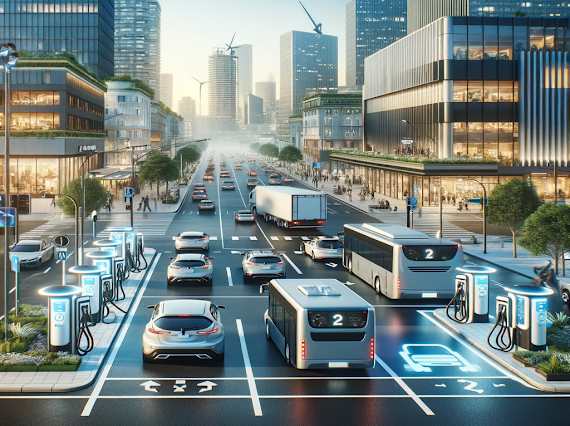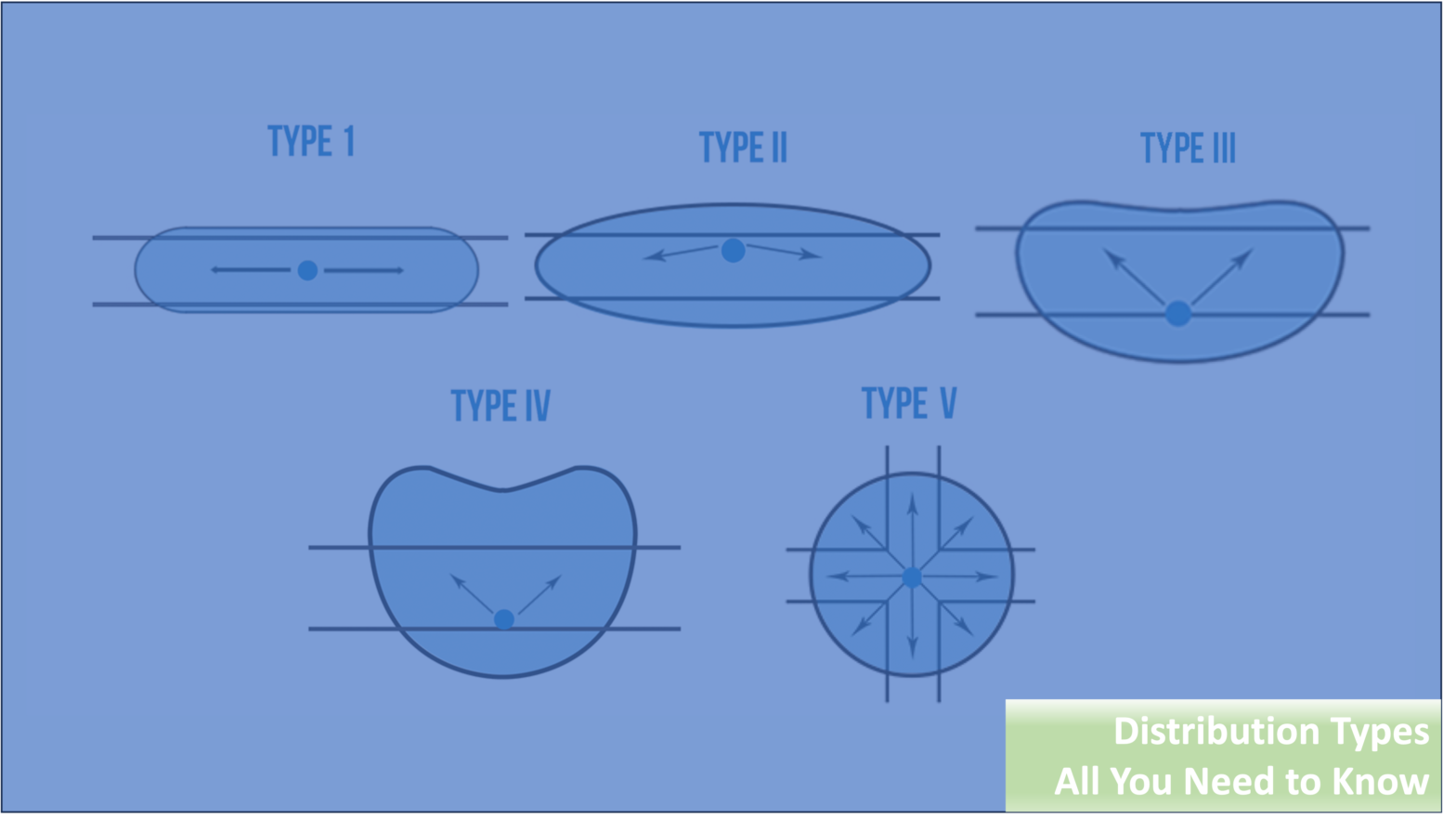Common Misconceptions About Energy Efficiency
Energy efficiency allows home and business owners to reduce energy bills significantly, and savings of over 50 percent are possible in many cases.
However, the market is flooded with products and services that promise energy savings. And not all information on energy efficiency found online is reliable.
When implementing energy efficiency, it is important to tell apart myth from reality; this article will uncover 14 common myths about energy efficiency.
1) Energy Efficiency is Expensive
There is a sliver of truth in this idea. Energy efficiency involves a higher upfront expense compared with conventional lighting and equipment.
However, when the lifetime energy cost is factored in, energy efficient devices are the cheapest to own and operate by a wide margin.
LED lighting is a clear example of this: a typical LED bulb may have 6 to 10 times the cost of a conventional incandescent bulb, but it consumes over 80% less energy and last 25 times longer. To be fair, you would have to compare the price of one LED bulb with that of 25 incandescent lamps.
2) The Lighting Produced by LED Lamps and Fixtures is Ugly
You have probably heard of cases where the lighting in a home is upgraded to LED, but the owner decides to go back to halogen or incandescent bulbs because the color of LED lighting was intolerable. However, this is really caused by using products with a poor color rendering index or an inadequate color temperature; it is not a defect of LED lighting itself.
There are now LED products that can replicate the warm and natural lighting color of incandescent and halogen bulbs: just look for a color temperature of around 2700K and a CRI value above 80.
3) Solar Panels are an Energy Efficiency Measure
Solar panels reduce your energy bills, but that is because they generate energy on-site, lowering the total amount drawn from the power grid. Strictly speaking, they are not an energy efficiency measure because your consumption stays the same; the difference is that you are generating a portion of it by yourself.
Of course, solar power is a cost-effective investment to reduce power bills, but does not count as energy efficiency, which brings us to another common misconception.
4) Solar Power Is a Better Investment Than Energy Efficiency
Many home and business owners install solar PV systems without making their buildings more efficient, but this is not the best approach. If you invest in energy efficiency first, your total consumption will be reduced; and if you decide to install solar panels later, they will be able to cover a higher percentage of your energy consumption.
5) You Should Replace Your Windows to Make Your Home or Office Energy Efficient
High-performance windows are a great option for new construction, but in existing buildings their replacement cost far outweighs the benefits, and their payback period may be decades long. A better option is to use caulking and weather-stripping to improve air sealing, and you can install storm windows on top of the normal ones to trap a layer of air and provide insulation.
6) Electronic Devices Consume a Lot of Power, Even When Turned Off
There is some truth to this. Electronic devices consume some power in standby mode, but it pales in comparison to the energy drawn by air conditioners, boilers, space heaters and incandescent lighting.
Disconnecting electronic devices not in use makes you environmentally friendly, since the total load adds up when you consider thousands of households; however, it does not represent a significant portion of energy expenses in an individual building.
7) Energy Conservation and Energy Efficiency Are the Same
Both have the same effect, which is reducing the total energy consumption, but there is an important difference between them:
- Energy efficiency means providing the same service with less energy. For example, a 16-W LED bulb can provide the same amount of light as a 100-W incandescent bulb.
- Energy conservation means reducing usage to achieve energy savings. If an office building reduces the operating schedule of lighting fixtures by one hour, it counts as energy conservation.
8) Oversized Air Conditioners are More Energy Efficient
Oversized air conditioners have a reduced compressor runtime, but this is simply because the unit has a higher capacity and can reach the required temperature faster. However, the total cooling output stays the same, as well as energy consumption.
In fact, oversized air conditioners come with several issues: they do not remove humidity effectively, stimulating mold growth; and they tend to have a shorter service life due to how frequently their compressor cycles on and off.
9) Oversized Boilers and Furnaces Are More Energy Efficient
Just like with air conditioners, there is a common misconception that oversized heating equipment saves energy by reducing runtime. However, total energy output stays the same, and maintenance issues are common due to the short operating cycles.
10) LED Lighting is Fragile and Requires Frequent Replacements
The opposite is true: LED products are sturdier than incandescent, halogen and fluorescent lamps. Instead of using glass, LED products can use impact-resistant housings, and they do not depend on fragile filaments or electrodes to generate light.
The average LED bulb lasts 25,000 hours, and many LED fixtures last more than 100,000 hours, while CFL bulbs are limited to around 10,000 hours and incandescent bulbs rarely last more than 1,000 hours.
11) Lighting is the Top Energy Expense in Homes and Commercial Buildings
Lighting expenses are significant. But heating and cooling devices generally consume far more energy in the typical US household or commercial building.
Energy consultants often prioritize lighting retrofits over other energy efficiency upgrades. But that is because they are easy to implement and have a relatively short payback period. It’s wise to consider improvements in this area, including the use of energy management systems designed to control temperatures and on/off schedules more effectively.
12) Tankless Electric Heaters Offer a Higher Energy Efficiency than Storage Heaters
This is true when both types of heaters use electric resistance heating, since the tankless option eliminates standby losses. However, if a storage heater uses heat pump technology, its energy efficiency is far superior to that of a tankless electric heater.
13) Energy Efficiency Upgrades Require Cash Availability
Many states in the USA have introduced rebate programs for energy efficiency upgrades. And they can cover a significant portion of your upfront investment. If you have access to a low-interest loan, it can also be a great option: you can pay it off completely with the energy savings achieved, never spending a single dollar from your pocket.
14) Expensive Energy Efficiency Upgrades are the Most Effective
The cost of an energy efficiency measure has nothing to do with its effectiveness. For example, caulking and weather-stripping are much more affordable than high-performance windows. But they generally provide a higher percentage reduction of your heating and cooling expenses.
Concluding Remarks
Getting a professional energy assessment or energy audit is the best way to determine the most effective energy efficiency measures for your home or commercial building.
When dealing with energy efficiency, following rules of thumb or word of mouth generally results in wasting money without obtaining a significant return.
Scott Van Kerkhove is the CEO of Energywise and writes on topics and issues surrounding the lighting and controls industry, energy management, solar energy myths and facts, profitability and sustainability.







